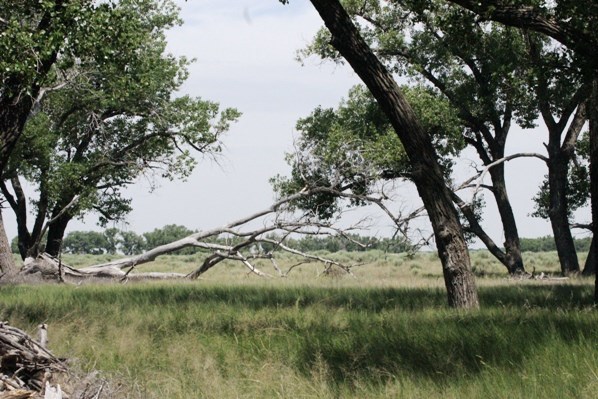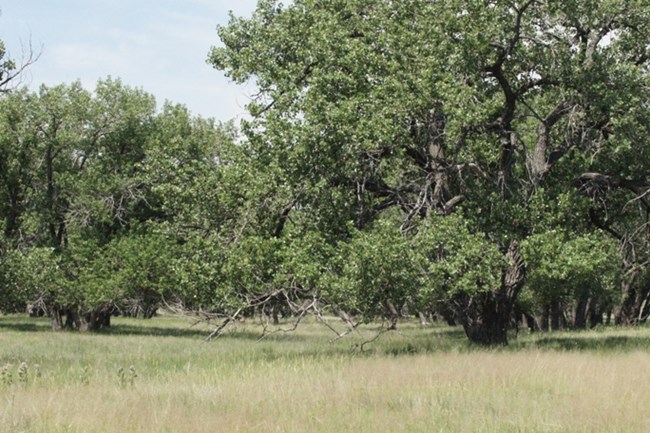
National Park Service 
National Park Service 
National Park Service It is possible some cottonwood trees were present during the 1864 massacre as seedlings or saplings. Of the trees along Big Sandy Creek, three have estimated germination dates between 1865 and 1870. Very little establishment of cottonwoods has occurred since 1965, which is typical of natural fluctuations in similar riparian ecosystems. However, land use may be a contributing factor and the lack of establishment may be more directly related to heavy grazing, trampling, or mowing in the past several decades.
|
Last updated: April 24, 2025
